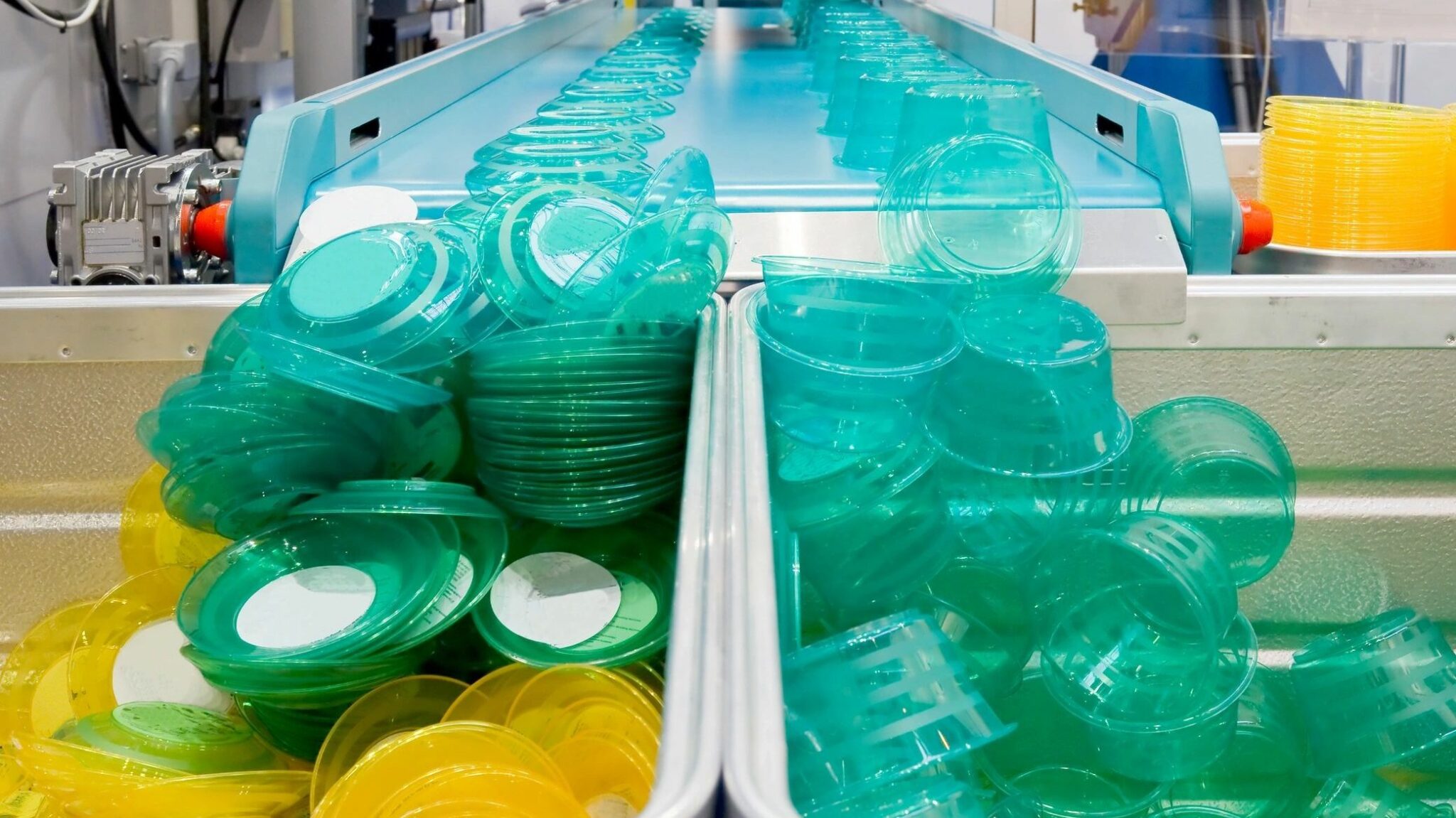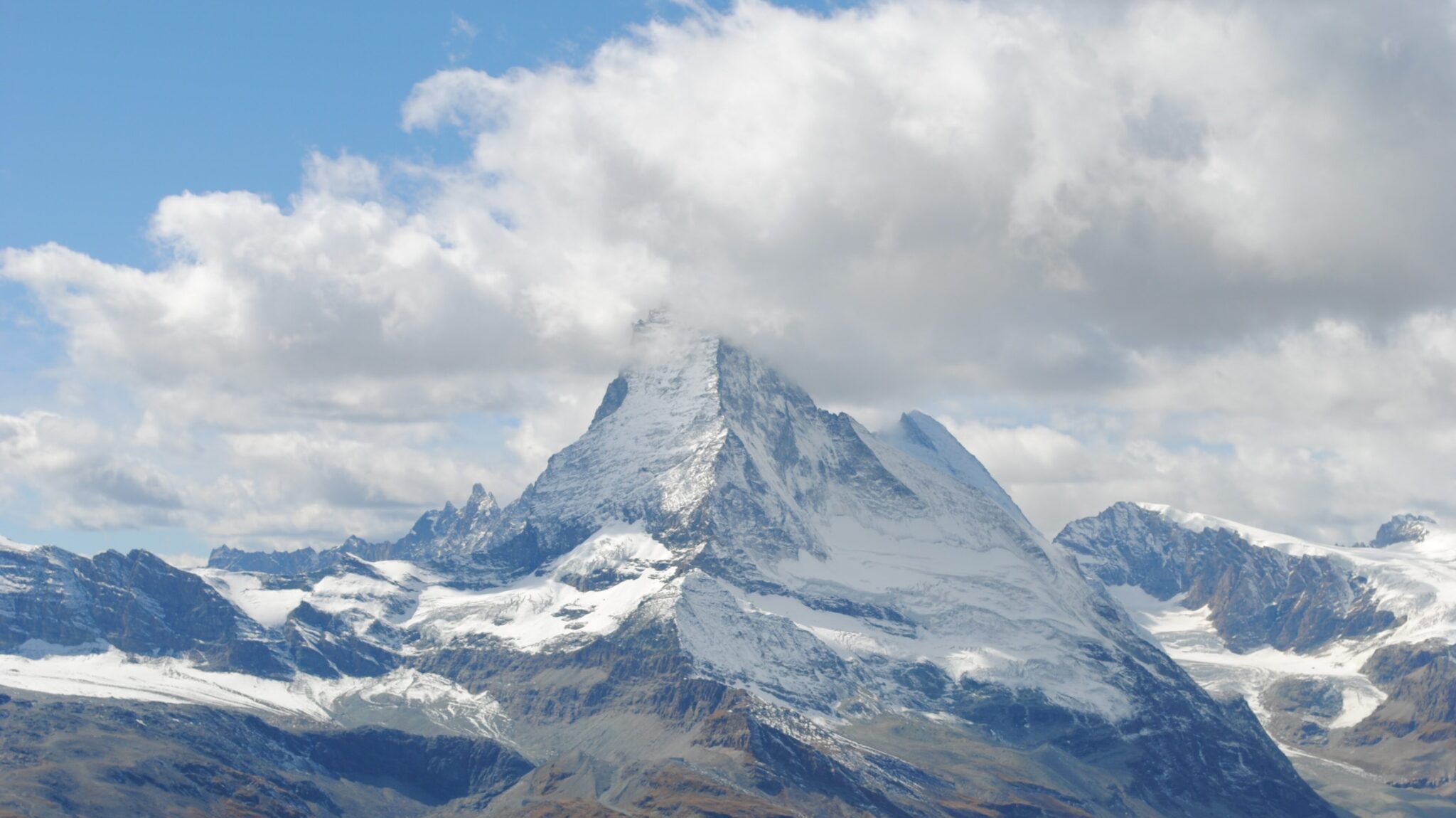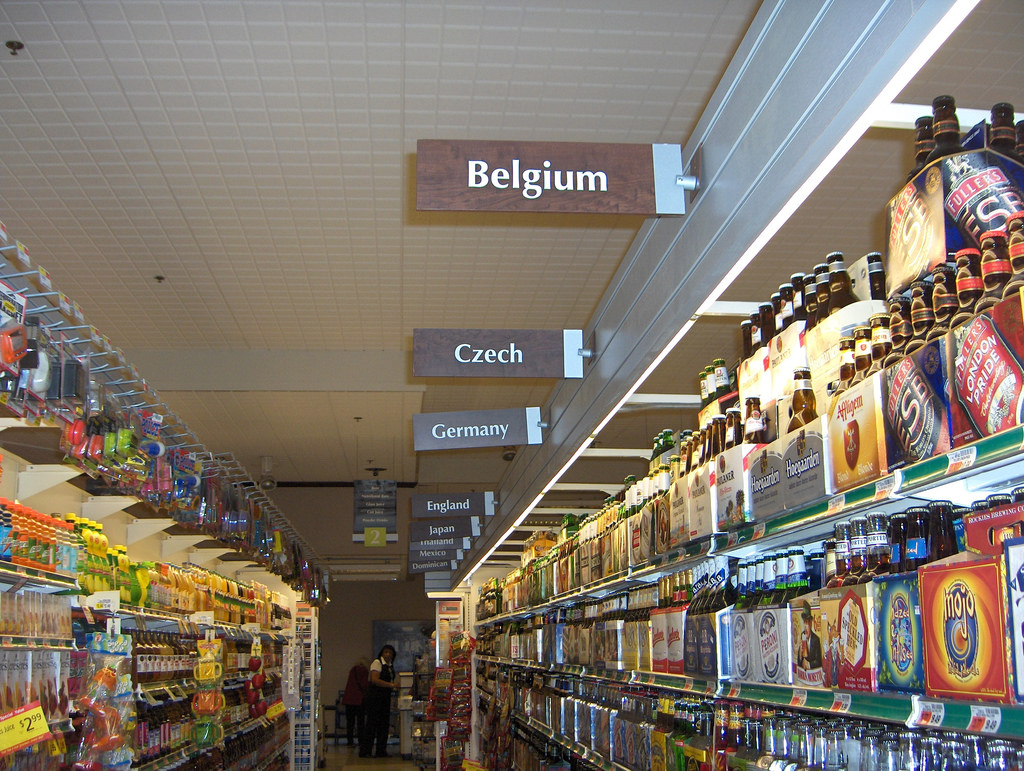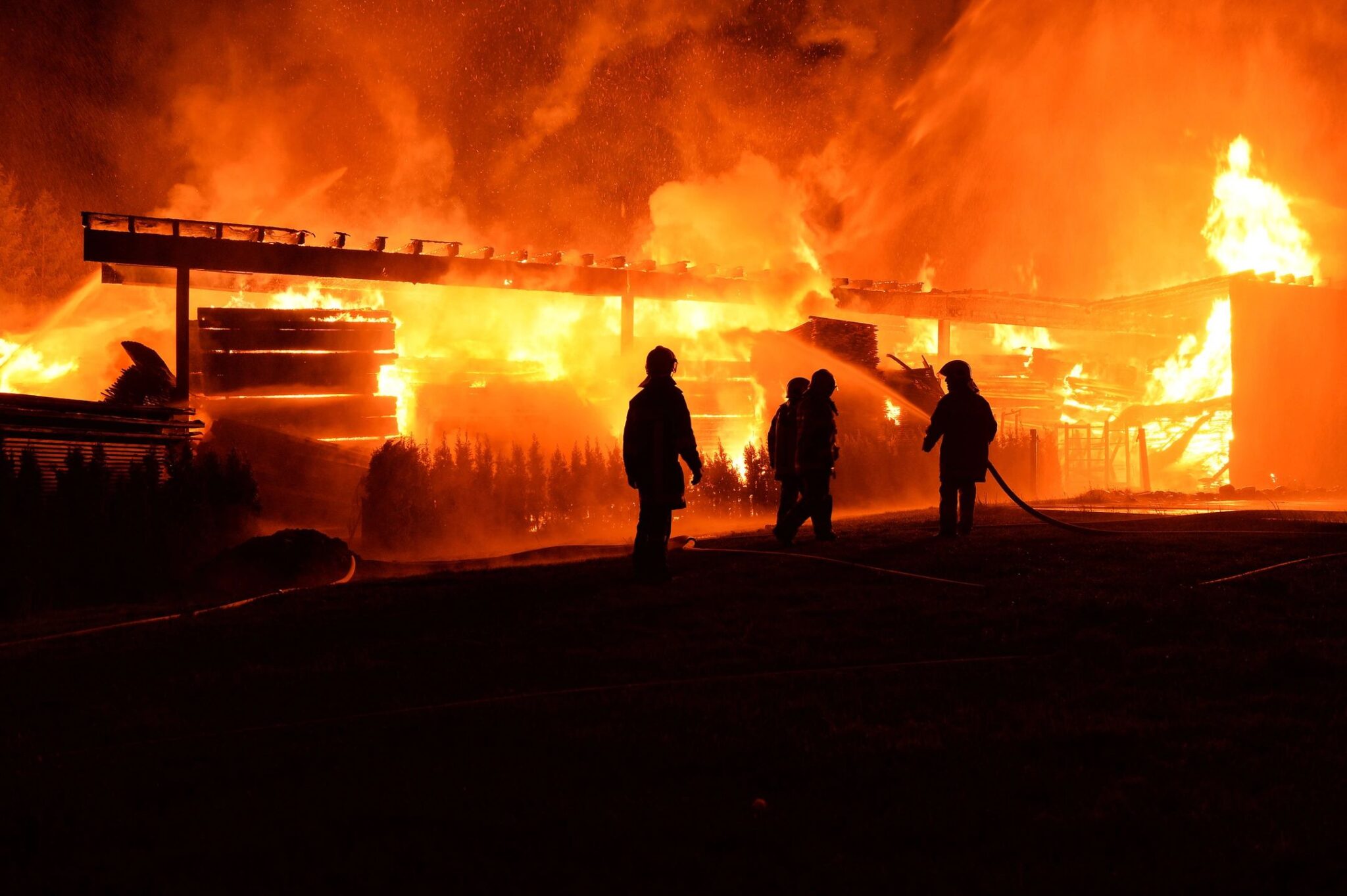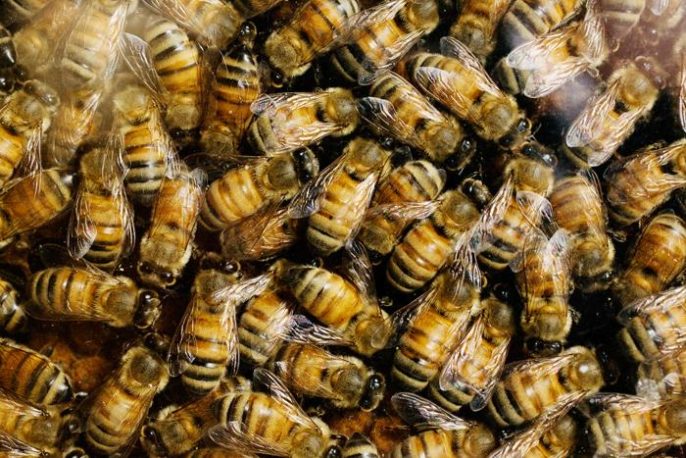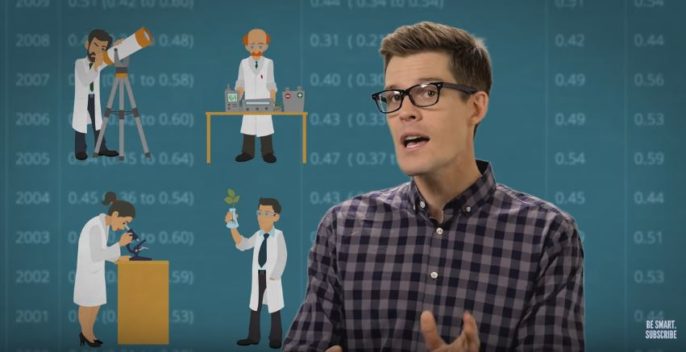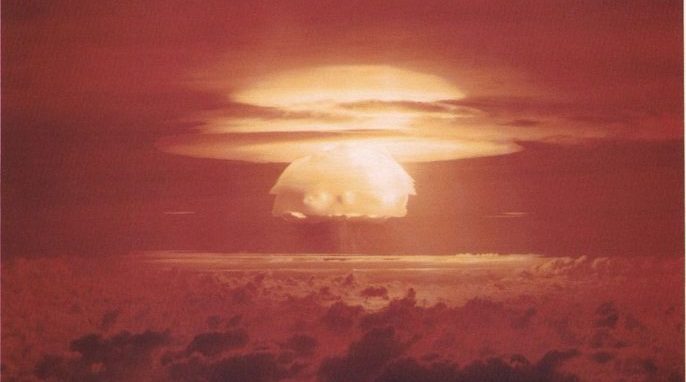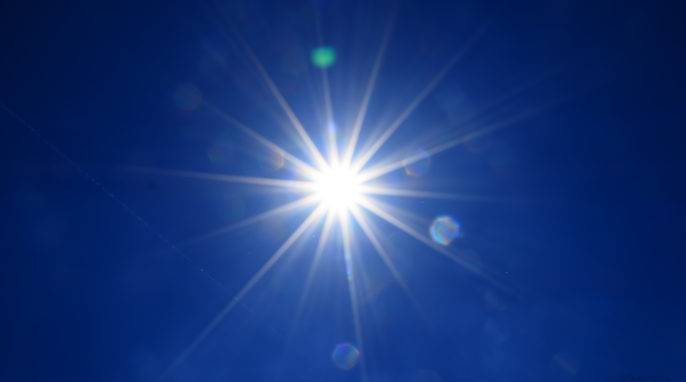Plastic Waste Necessitates Policies for Producers
By Neha Jain Countries around the world, both developed and developing, have been grappling with growing piles of plastic waste from overuse of packaging materials, such as those for food and beverages, and single-use plastic tableware. In 2015, 42 percent of all plastic produced was used for packaging, much of which is used only once and then tossed, according to a 2017 study published in Science Advances. The study estimates that from 1950 to 2015 about 8.3 billion tonnes of plastic has been produced globally. And of the 6.3 billion…
Read More
